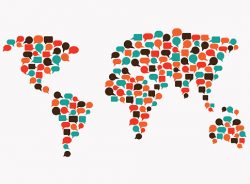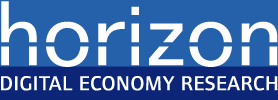A sustained level of motivation is key to the successful mastery of a second language (L2). Past research underscores the role of motivation in L2 learning success, although researchers have been divided on how to best conceptualize the motivational capacity that distinguishes high and low achievers.
As a result, there are limited practical resources based directly on L2 motivation research that help increase or maintain motivation during the language learning process. Our pilot project explores the feasibility of using technology to reinforce future images of oneself in a language learning context. Framing future goals in relation to possible futur e selves/self images is regularly used to increase motivation: e.g. professional athletes, regularly envisage winning a race or stepping on the top of the podium as a motivational exercise.
e selves/self images is regularly used to increase motivation: e.g. professional athletes, regularly envisage winning a race or stepping on the top of the podium as a motivational exercise.
These images have vivid visual and auditory details, and consequently have the capacity to act as potent motivators. The MOTIVATE Pilot explores the way in which recent technological developments from the fields of multimodal corpus linguistics and advanced 3D animation might be combined to form new interventions that increase motivation.
To this end, we seek to understand the feasibility of using facial modelling and animation techniques to place the image of the learner onto the protagonist in a set of chosen videos, so learners are able to actually watch ‘themselves’ communicating fluently in the second language. The MOTIVATE pilot forms the feasibility testing stage for a larger bid for external funding to support the detailed research agenda relating to technologically enabled innovations for pedagogic applications in the L2 motivation context.
Project Partner: Cambridge University Press














